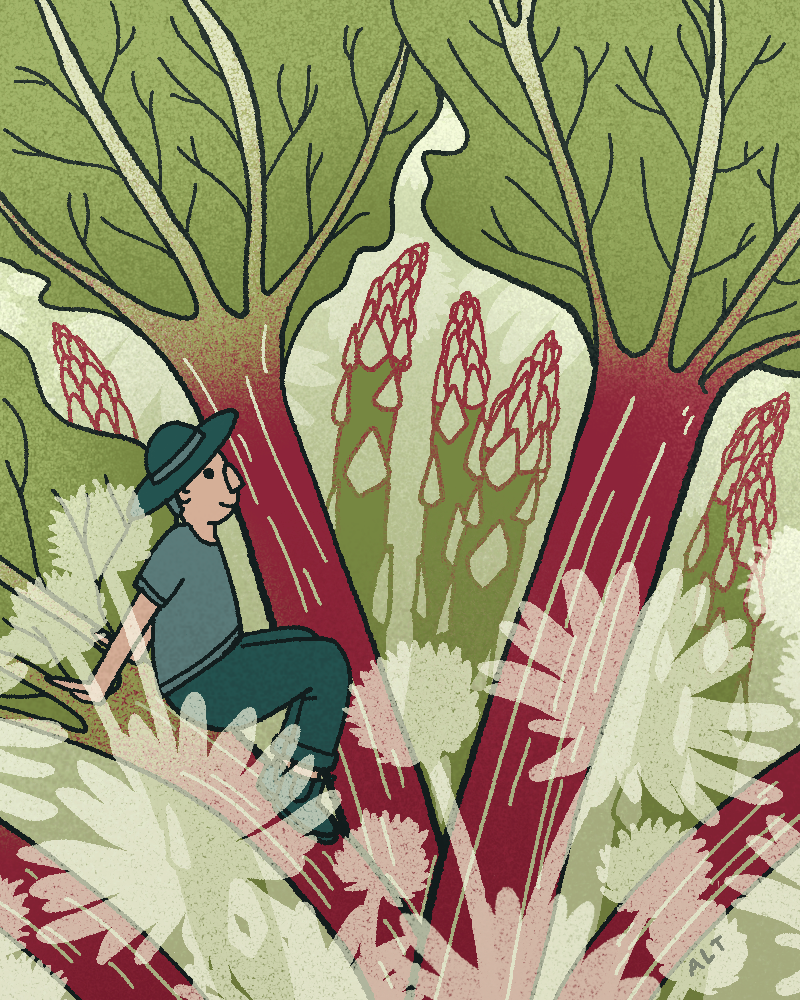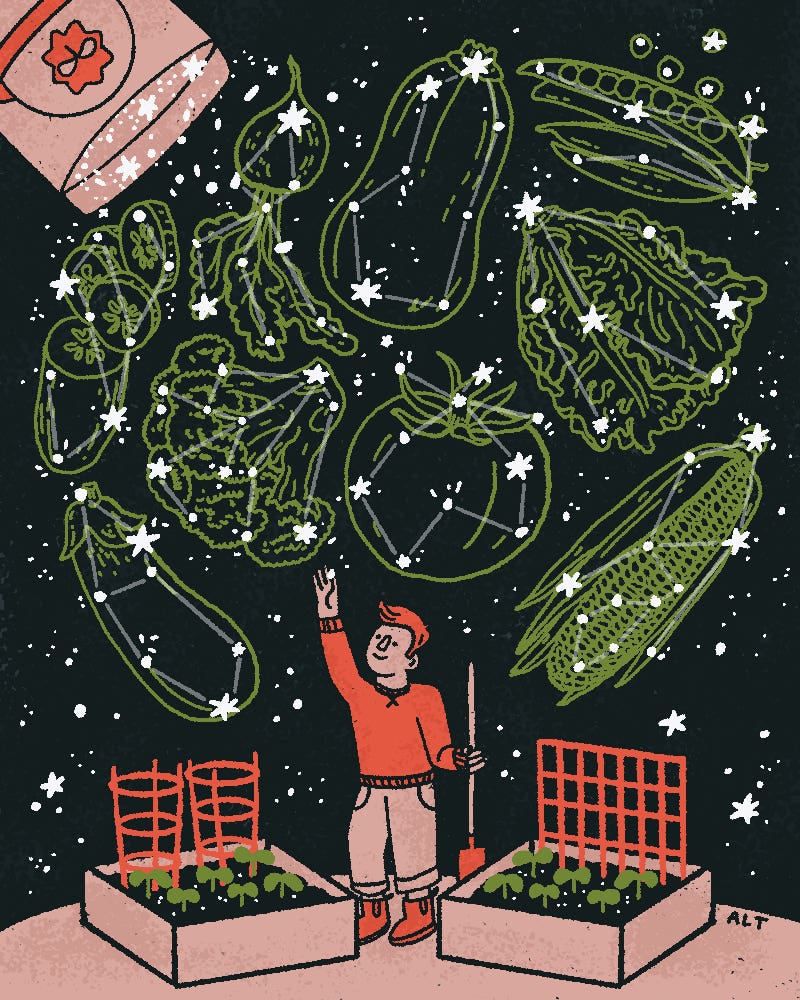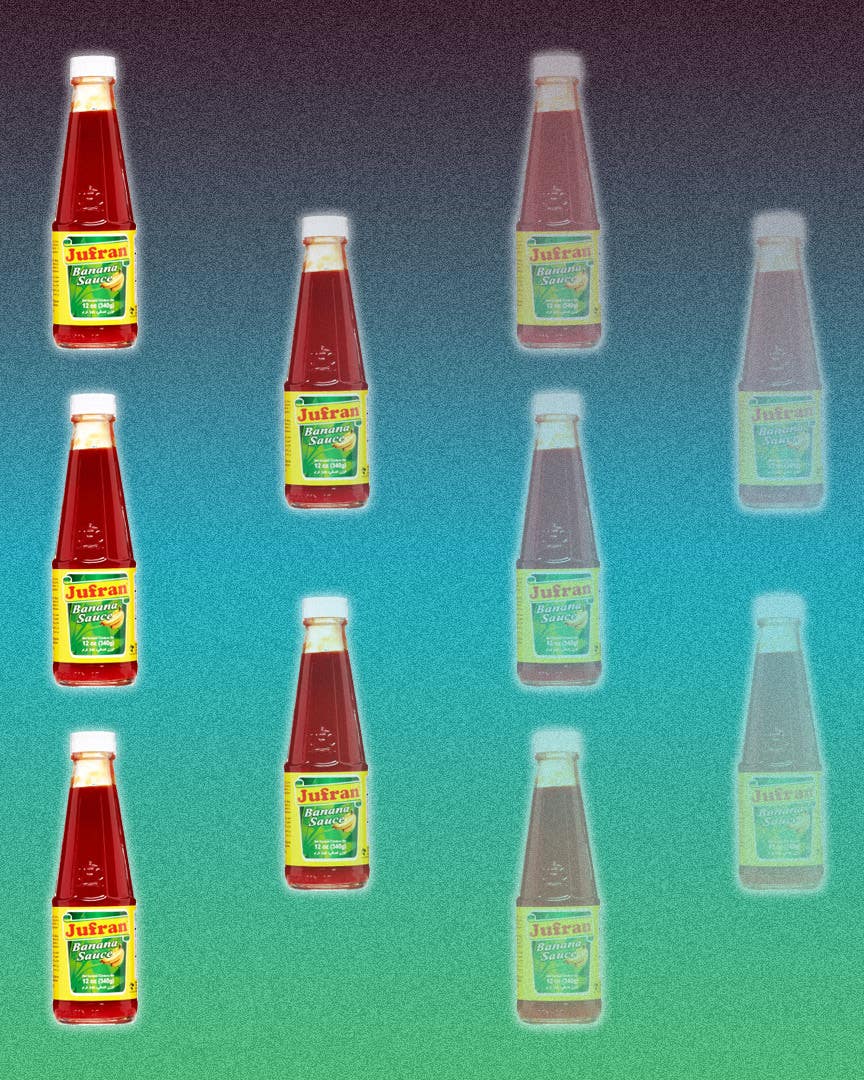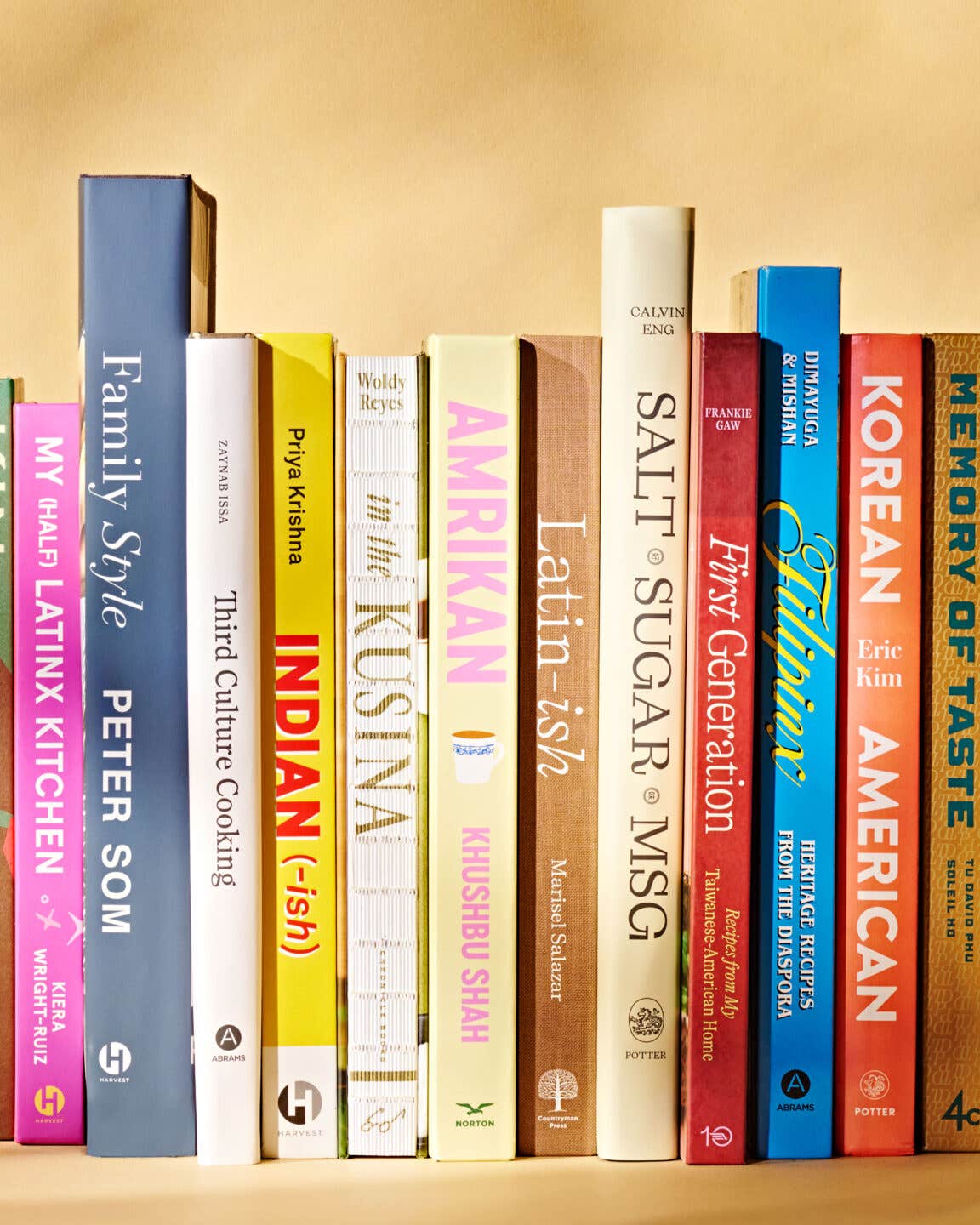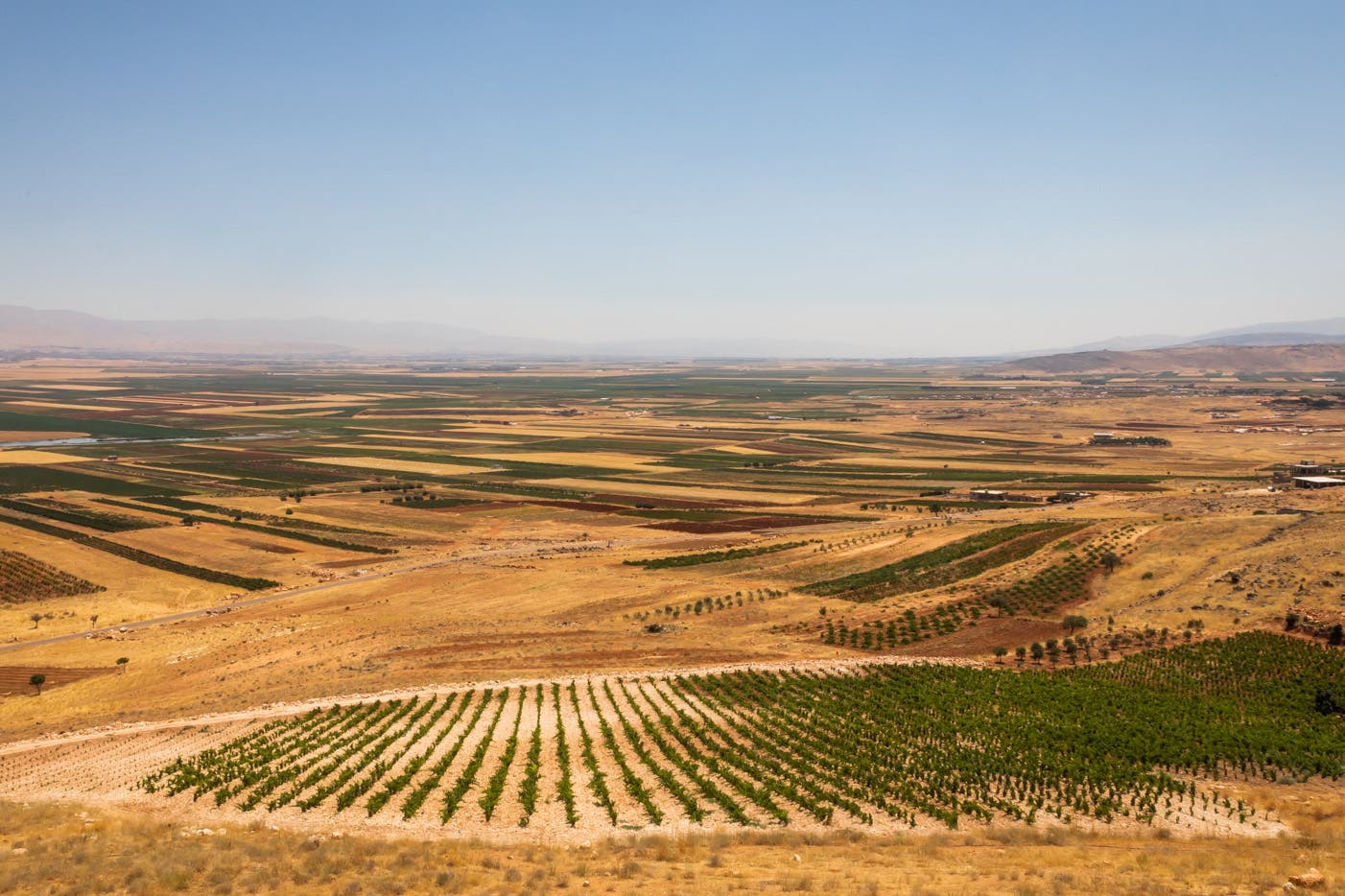This Green Vegetable Is a Triple Threat in the Garden
Why sweet and crunchy snap peas are a grower’s best friend, with helpful tips to cultivate them.
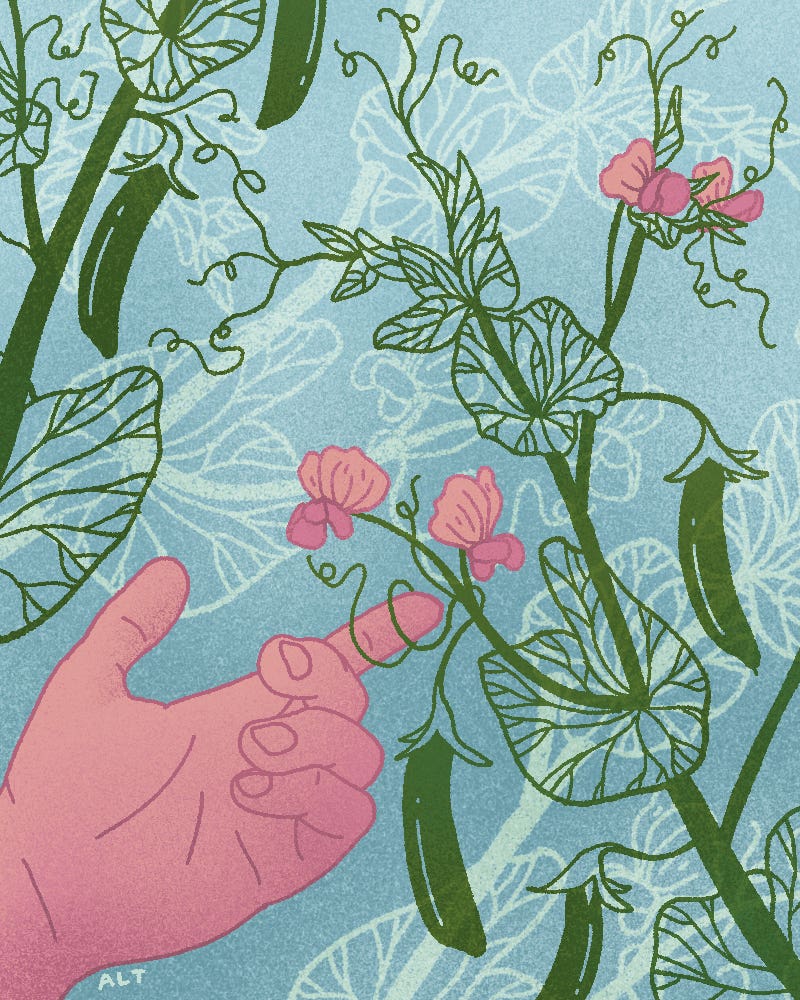
Plot to Plate is a SAVEUR column in which features editor Alex Testere exercises his green thumb, sharing practical gardening tips and seasonal produce-driven recipes from his patch of earth in New York’s Hudson Valley. He is also the author and illustrator of Please Grow: Lessons on Thriving for Plants (and People).
While a well-tended garden plot has the potential to keep us flush with fresh produce all summer long, most growers aren’t just in it for the sustenance. Between plucking weeds on the weekends, meticulously flicking away worms, and delicately affixing tendrils to trellises, no one’s putting in that much effort simply to eat a few sun-ripened tomatoes. A garden’s perks go way beyond the harvest, and one such benefit, I would argue, is the beauty of it all.
Many garden vegetables are quite attractive: Squashes and gourds explode with enormous golden blooms, cherry tomatoes ripen in an ombre from green to red, humble cabbages unfurl from within rippling green foliage. But one vegetable in particular captivates me every year as the warm days roll in and spring tips over into summer. Snap peas I planted back in March, some of the first crops to pop up in the spring, have been climbing skyward ever since, sending out a smattering of pink orchid-like flowers along the way.
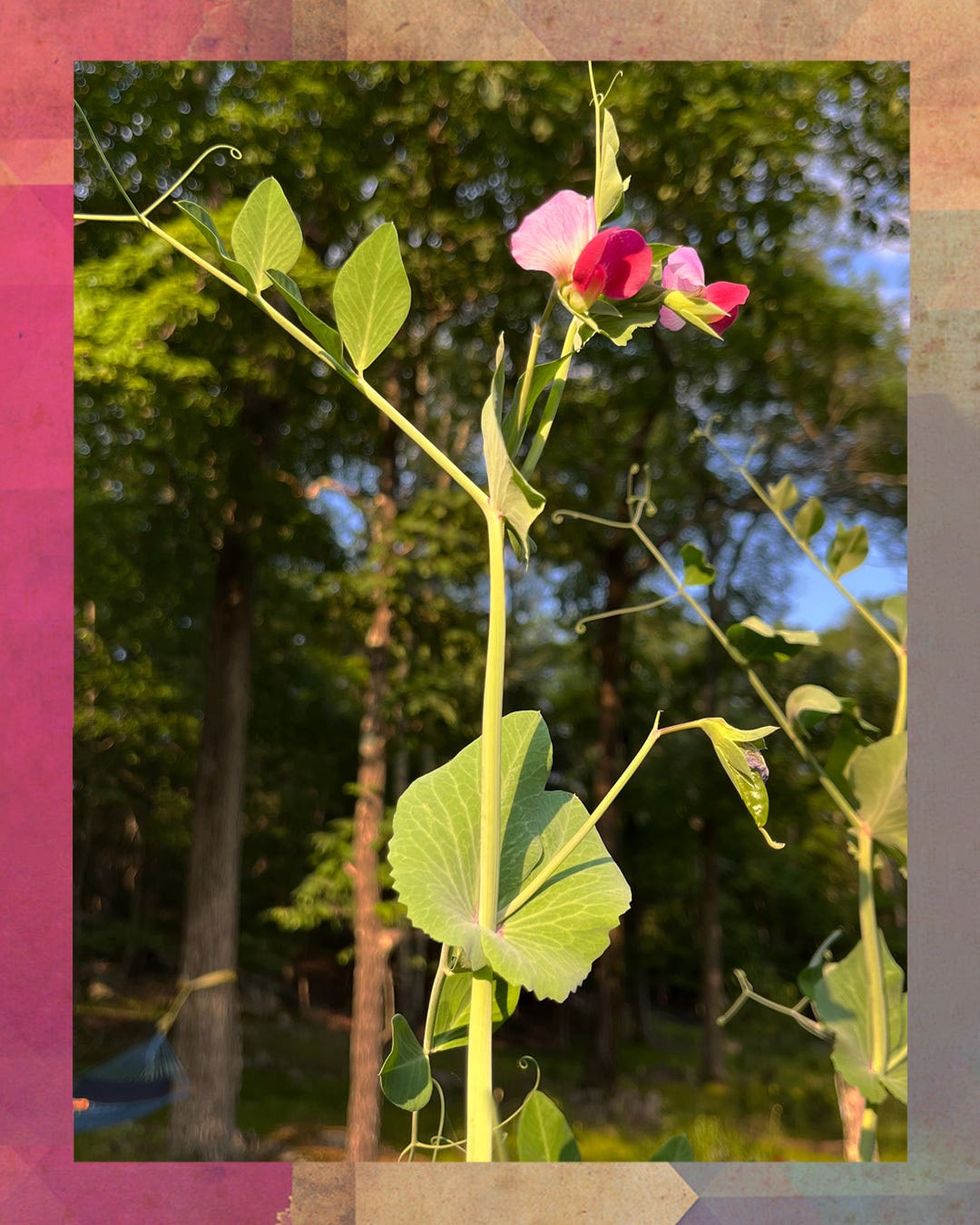
The appeal of snap peas, for me, is threefold: First, they offer height and drama to an otherwise level garden plot, quickly rising high above everything else in the bed. Second, their powerful roots, like other plants in the legume family, help fix valuable nitrogen in the soil—a boon for raised beds that struggle to maintain nutrients year after year. Third, and perhaps most importantly, they make for an effortless, near-constant garden snack. Often, I don’t even bother to wash them. (I’m sure some of you will fight me on this, but I can’t hear you beneath my gigantic gardening hat.) Plucked right from the vine, snap peas are practically luminescent, plump and crunchy and sweet, and still warm from the sun. The French refer to them as mangetout (literally “eat all”), and, if left to my own devices, that’s exactly what I would do. The first year I planted them, the harvest never even made it indoors—they were all consumed on the spot, a sugary carbohydrate boost to fuel the day’s garden tasks.
If I must bring snap peas into the kitchen, though, I want to celebrate their sweet and simple nature, cooking them very lightly so as to maintain their crunch. This time, I decided to serve them tossed in a sauce of lemon and miso, gently wrapping them in umami balanced by the brightness of fresh mint. A pile of ricotta blitzed with charred scallions echoes the peas’ sweetness and provides a creamy foil. Dragging a crusty heel through the lot of it makes for a timeless summer side dish I can’t get enough of.
When it comes to planting, however, the work typically begins in late winter or early spring, as soon as the ground can be worked, since peas generally favor cooler temps. But many varieties are heat-tolerant and can also be planted in mid-summer for an abundant fall harvest. Now, in late July, I’m cutting back the spent plants I started in March and planting a new crop, which should be ready by early October. Read on for a few key tips to make the most of these gardening triple threats.
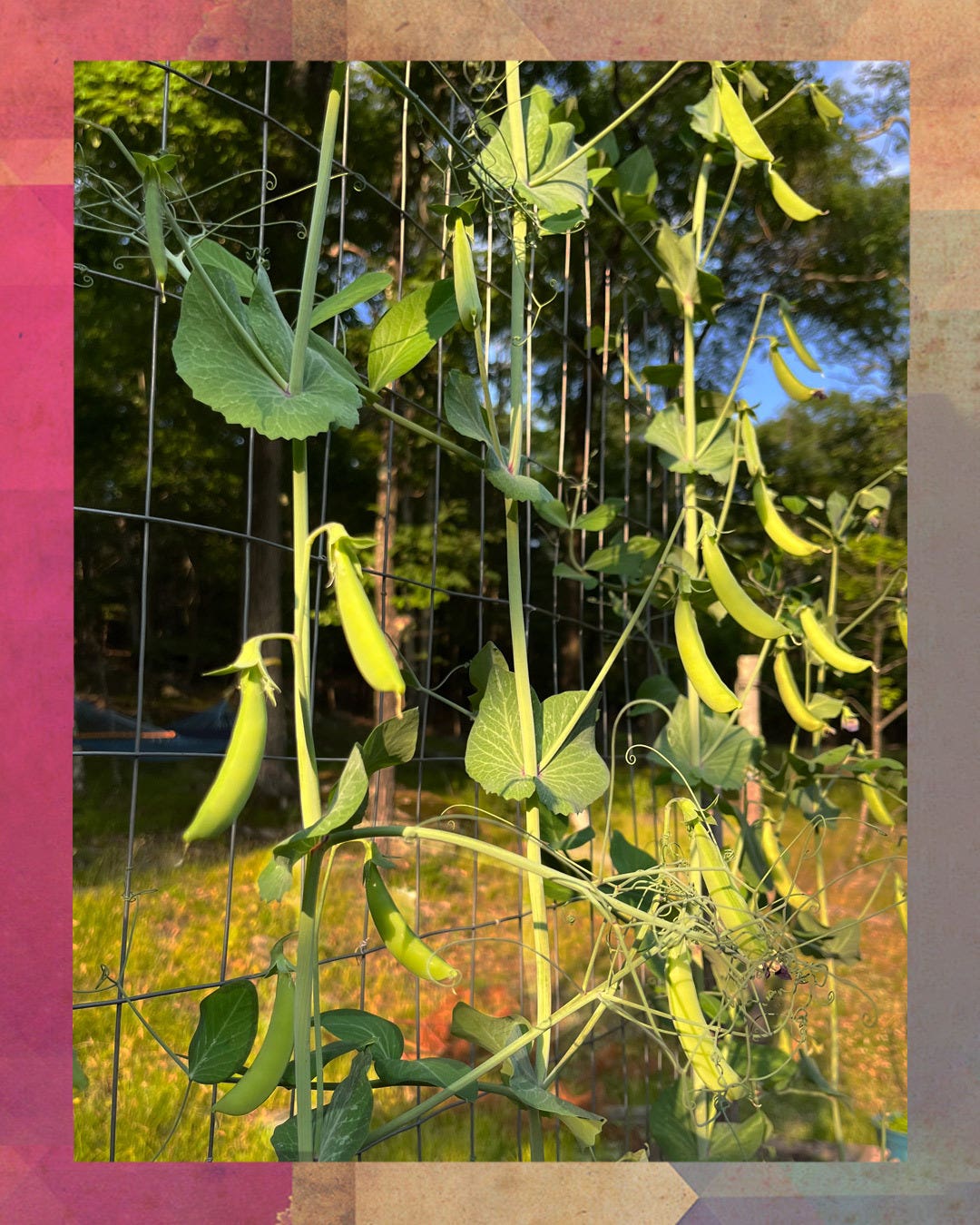
Think “up,” not “out”
One of the great appeals of peas is how little ground space they take up in a garden plot. I regularly plant mine in a row just 3 inches or so from their neighbors, and they grow upwards with vigorous abundance. The trick is to give them something to climb, or else their vines will languish in a mildewy mess on the ground. The vertical height adds drama to the garden, with some varieties climbing eight feet or higher. A trellised archway is a sight to behold when heavily laden with supple green pods. A four-foot roll of welded wire cattle fencing can be cut to size and supported by wooden posts, for a simple makeshift trellis of almost any size you need—an arch included.
Focus on the shoulder seasons
Some pea varieties are more heat-tolerant than others, but all can readily handle the cooler months of spring and fall—including some near-freezing temps. Plant seeds as soon as the ground is soft enough to work, and they’ll poke through the soil at the first signs of spring. Once they’ve run their course, by mid- to late-July, plant another batch for an additional harvest in the fall. Too much hot sun can cause peas to wilt, and I will admit, I have gone so far as to affix an umbrella to my trellis to offer them a bit of shade on the hottest summer days.
Plant alongside hearty greens
Lettuces and brassicas such as kale, collards, cabbage, and Brussels sprouts also love the cooler seasons and will greatly benefit from the peas’ remarkable ability to store nitrogen in the soil. If you grow peas in the spring, cut them back mid-summer and plant leafy greens in their place; turn the soil and leave the delicate pea roots in the mix for a steady release of nitrogen that will last all season long.
Know your type
Edible peas come in three main varieties: snap peas, snow peas, and sweet peas (also called English peas or garden peas). Sweet peas must be removed from their fibrous inedible pods—these are the kinds you’ll most frequently find by the bag in the frozen food aisle. Snap peas look quite similar, but with smaller peas inside and sweet, crunchy pods that are edible, even when raw. Snow peas are very popular in stir-fries and have the smallest peas inside, with wide, flat, edible pods. While all three varieties are great nitrogen fixers and love to climb a trellis, I prefer the ones with edible pods because they make for a delightful snack while out in the garden.
Recipe
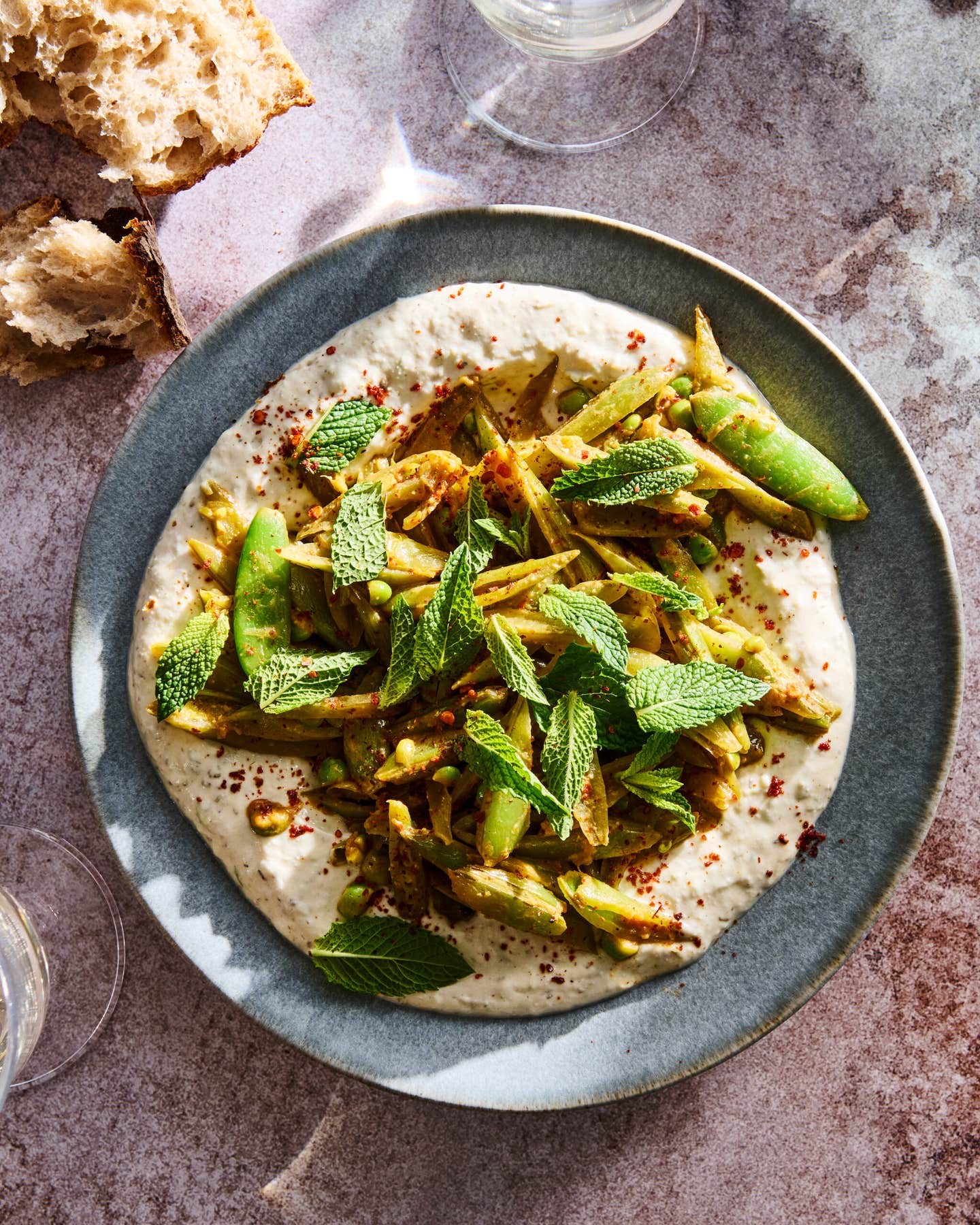
Keep Reading
Continue to Next Story
